Below you will see the some of the best places to join the mid-autumn festivals in some big cities of Vietnam
Hanoi
Normally, there are 2 good places to admire the moon festival in Hanoi.
Thang Long Imperial Citadel
"Festive Drums of Autumn Moon" featuring images of drums of all shapes, sizes and colors arranged and displayed to remind visitors of the festive ambiance of the Vietnamese countryside will be held until Friday at the citadel, 19C Hoang Dieu Street, Ba Dinh District, to celebrate the Mid-Autumn Festival.
Children can try their hand at making mooncakes, paper masks, kites, statuettes and sketches, matching pictures, and kneading dough figurines. They can also play various games.
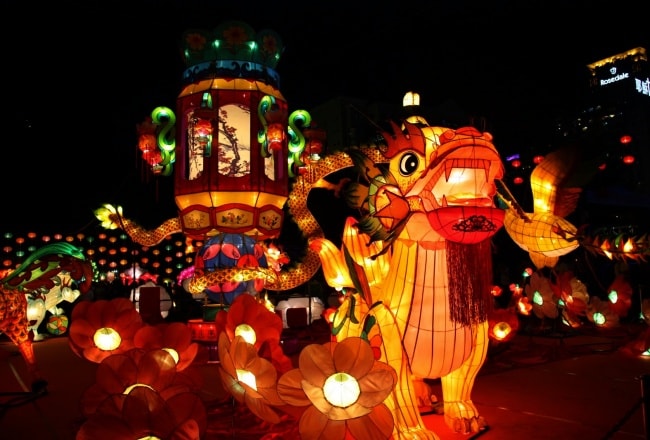
The Old Quarter
More 10 days before the festival, the authorities will ban vehicles from certain streets in Hanoi's Old Quarter for the festival preparations and celebrations. They are not allowed to enter Hang Luoc, Hang Ruoi and Hang Chai streets and sections of Hang Ma and Hang Khoai streets from 7 a.m. to 10 p.m.
At the Kim Ngan Temple in Hang Bac Street, artisans will teach audiences how to make traditional toys including star lanterns, paper kites and terracotta figurines until the main events of the festival.
The Hanoi Ancient House at 87 Ma May Street will exhibit a photo collection of the Mid-Autumn Festival of Hanoi in the 20th century.
At the Cultural Exchange Center at 50 Dao Duy Tu Street, visitors will be taught traditional crafts like mask and bamboo light drawing, postcard making and painting on paper made from the bark of trees.
The Phung Hung fresco street has been attracting youths who come to take selfies among the hundreds of illuminated lanterns lined up there, which turn it into a miniature version of Shifen old town in Taiwan.
On the evening of the main date the pedestrians-only zone around Hoan Kiem Lake will see several traditional and contemporary activities to celebrate the festival.
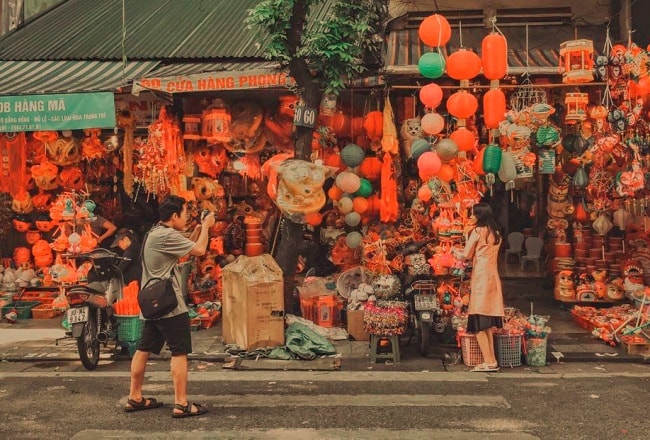
Hội An
Hoi An’s compact old quarter comes alive during Mid-Autumn Festival with folk games on the streets and floating lanterns on the river running through the town, making for a magical atmosphere. In the weeks leading up to the festival, Hoi An’s streets, especially those near markets, are filled with moon cakes, lanterns, lion costumes and toys.
The sound of drumbeats fills the air as groups of lion dancers engage in mock dance battles in a contest of skills, involving the coordinated efforts of up to a dozen people performing a mixture of rhythmic dance and acrobatics. Sometimes, fireworks are even included, spewing sparks from the lion’s mouth.
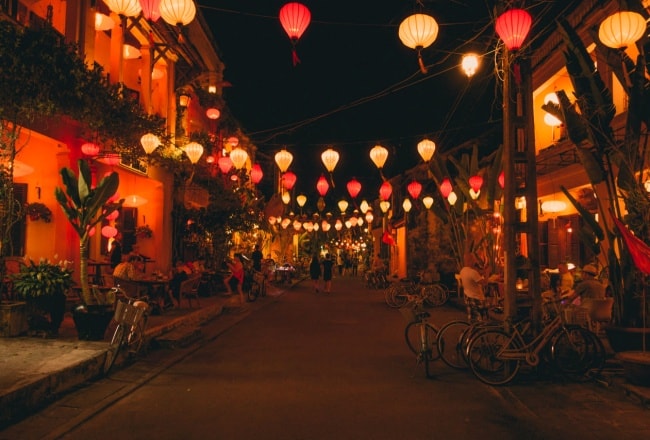
Ho Chi Minh City
Here are some places to admire mid-autumne festival in Ho Chi Minh city
Phu Binh lantern-making village
This is one of the few villages in the city that still make glass paper lanterns for the Mid-Autumn Festival.
Situated in a small alley off Lac Long Quan Street in District 11, the lantern-making village was formed in the mid-1950s when artisans from the renowned craft village of Bac Co in northern Nam Dinh Province migrated to Saigon and brought their lantern-making skills. It has survived for more than half a century.
When the festival nears, dozens of families in this village are busy completing the last orders from the market.
Take a stroll around and see the red of the paper lanterns filling up the place and the bustling atmosphere as family members gather at a corner in front of their houses, decorating lanterns in various shapes and colors.
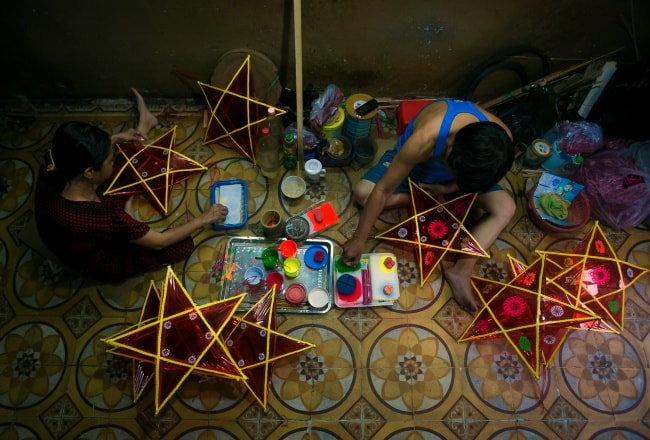
The lantern corner in Chinatown
Stretching along Luong Nhu Hoc and Nguyen An streets of District 5 this is the largest lantern market in Ho Chi Minh City during the Mid-Autumn Festival, with almost every house and sidewalk turning into lantern shops.
The market, which was established in the 1960s, is well known for its artisans who make traditional lanterns from scarlet glass paper, considered as a special cultural trait of the Chinese community.
Take a walk alongside a bewildering range of lanterns in various sizes, shapes and colors, and treat yourself to specialty foods made by the local Chinese.
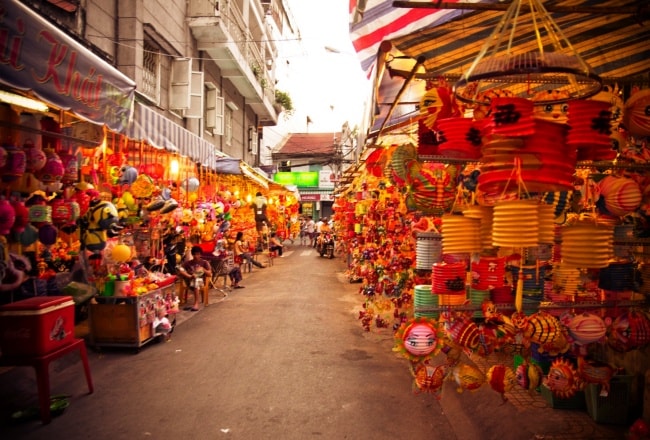
Nguyen Hue pedestrian street
There will be a lantern parade and art performances on this busy street on the day of the main events, and it will be very crowded.
Nguyen Hue, which runs up to the Saigon River, in District 1 has been receiving thousands of visitors every day since its center strip became a pedestrians-only zone since 2015. It gets particularly crowded during weekends and holidays.
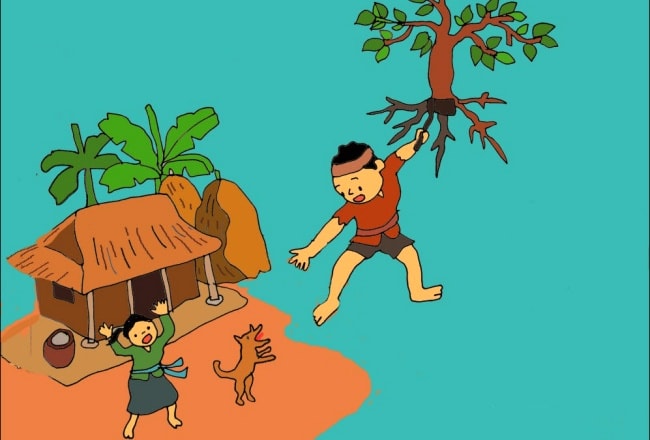


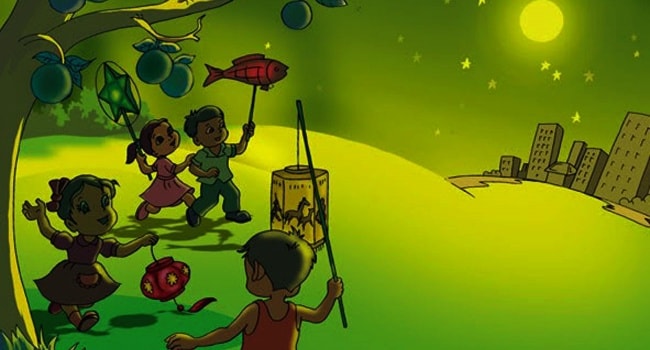

 08/01/2026
08/01/2026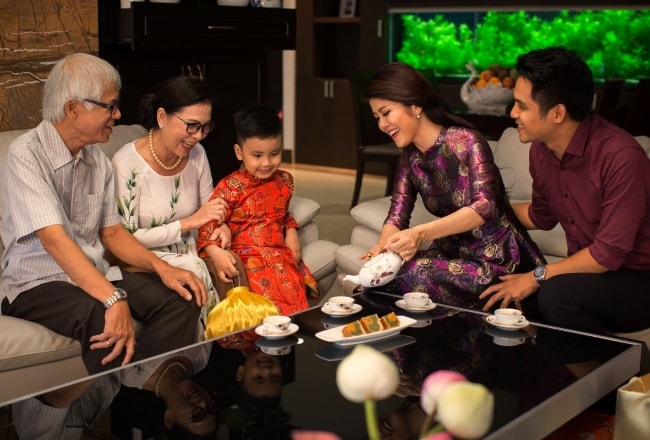
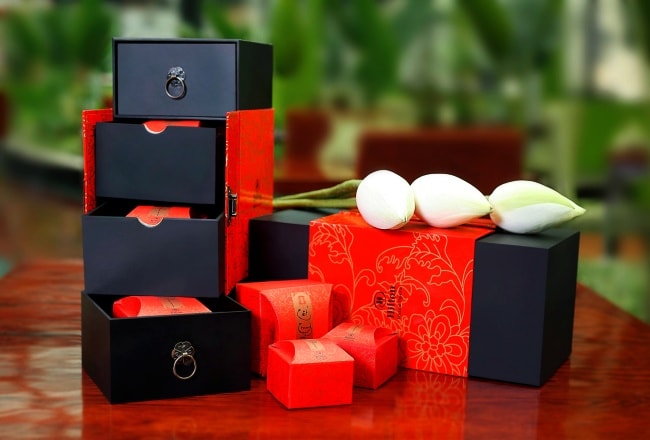
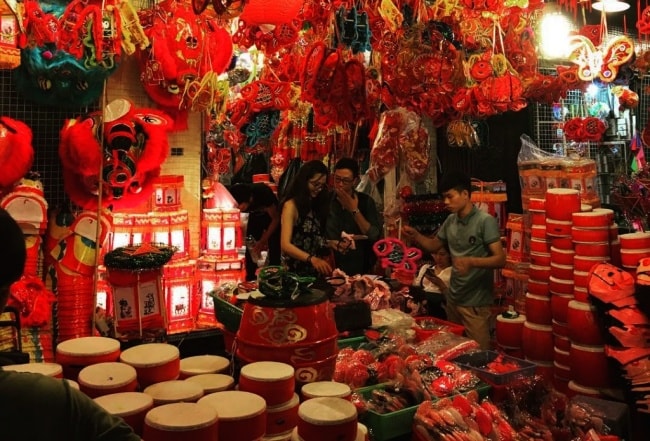
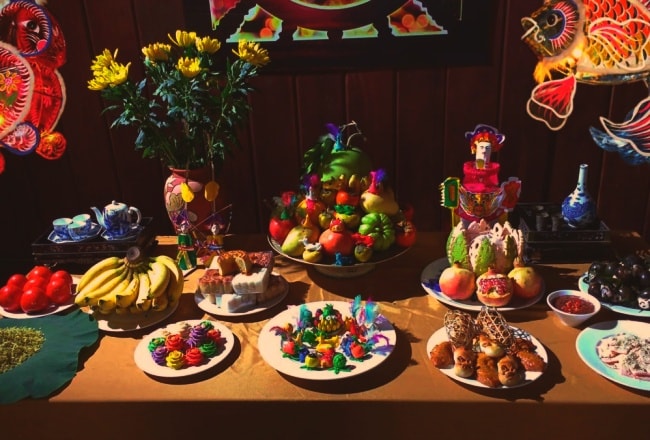
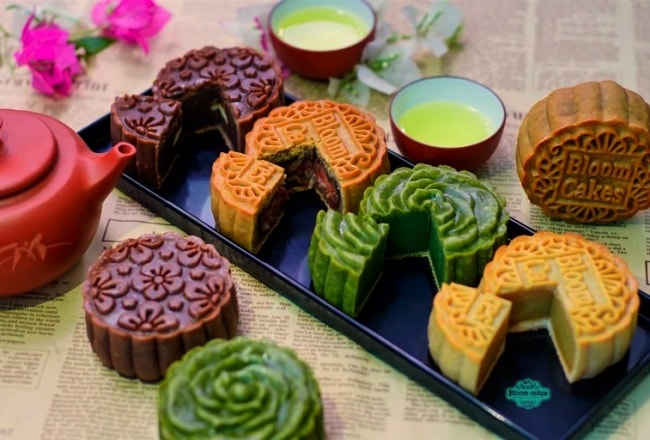
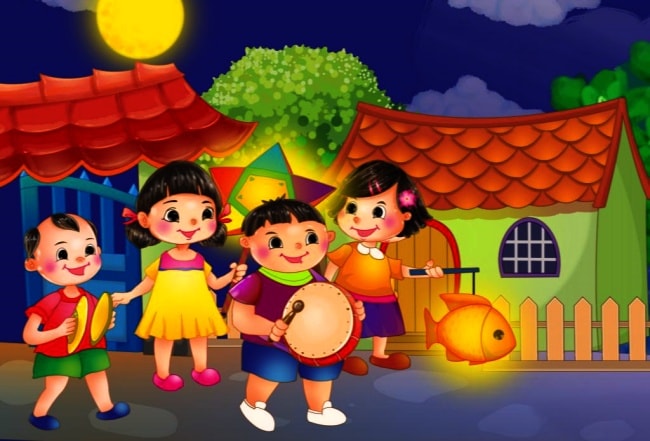
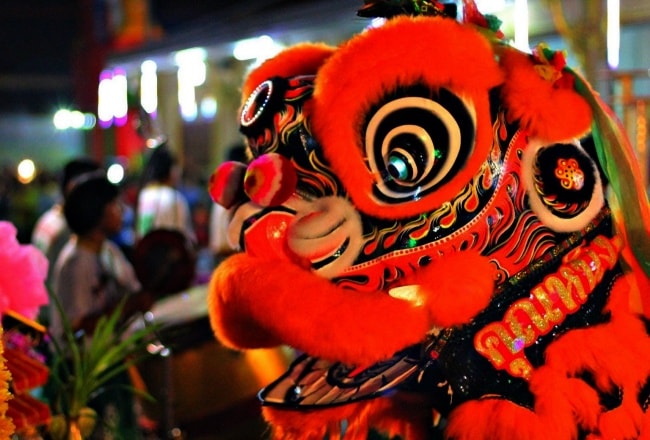





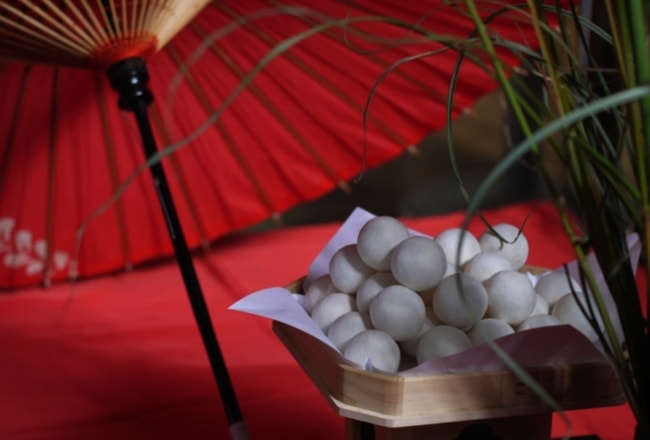
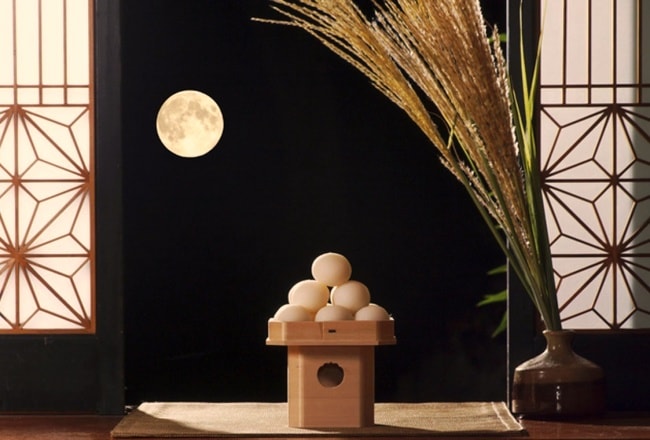
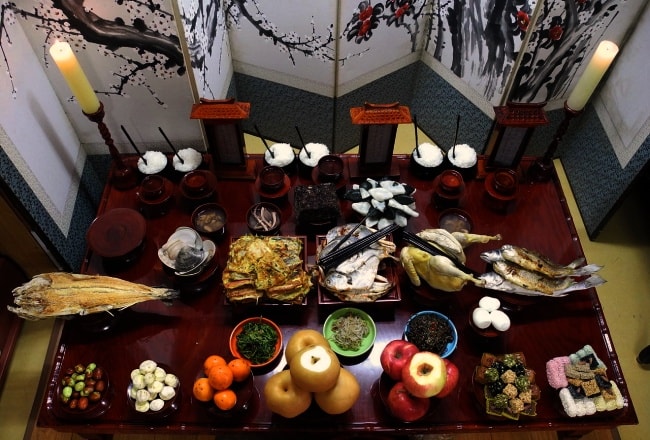
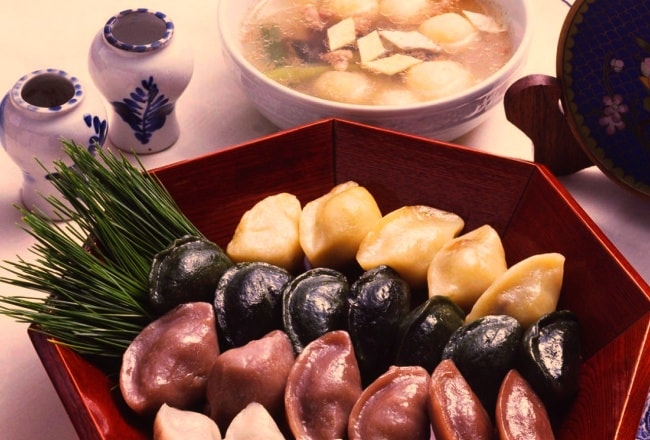
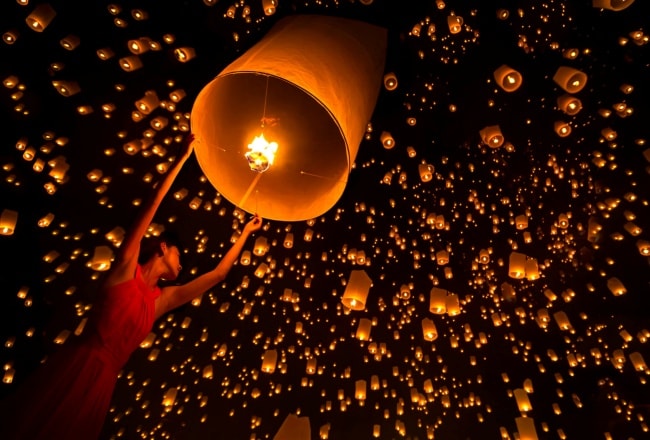
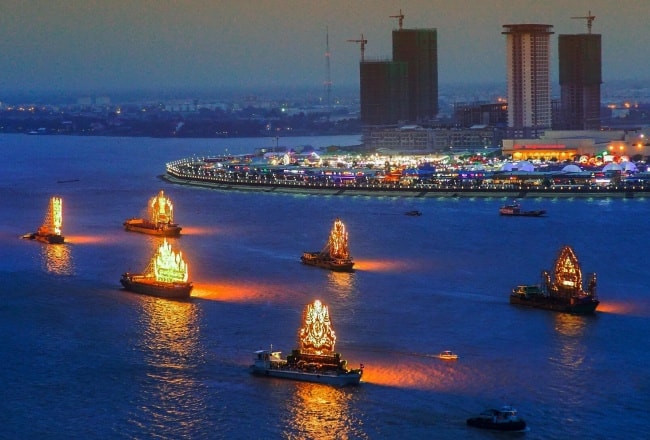
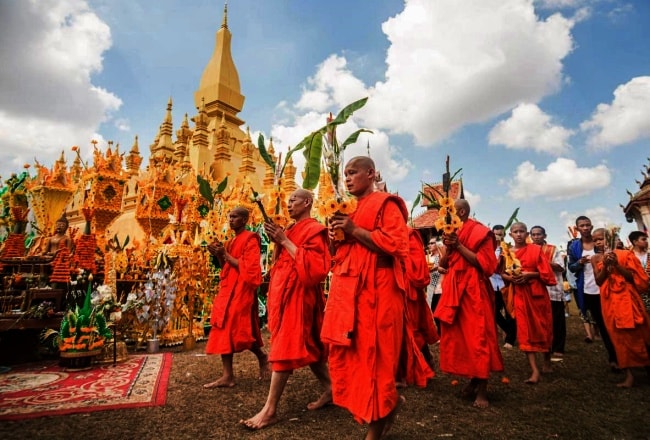
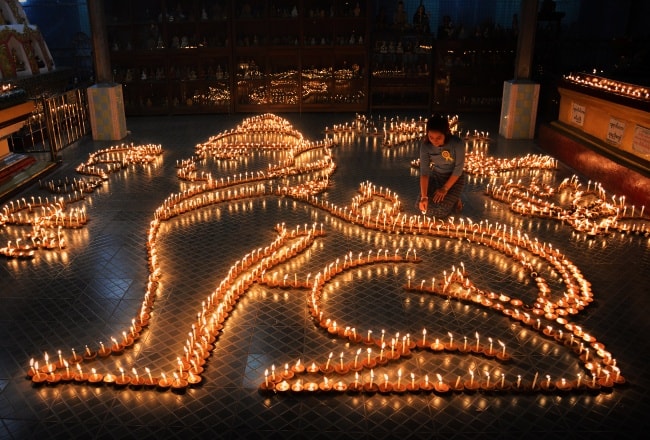
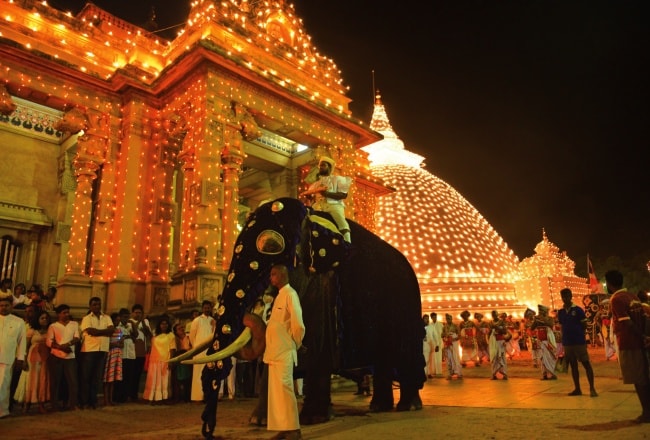
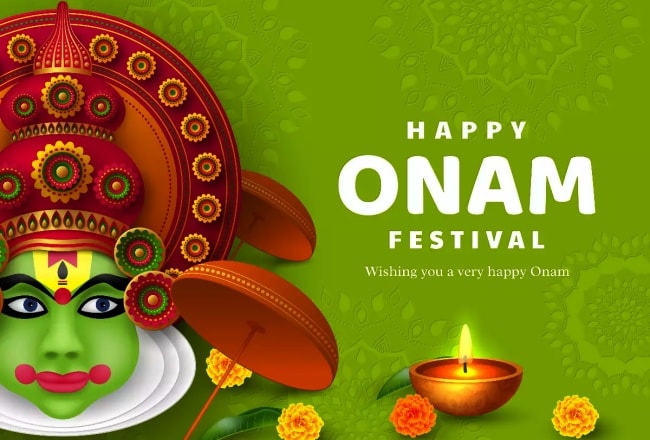




















Jolie LIEMMy name is Jolie, I am a Vietnamese girl growing up in the countryside of Hai Duong, northern Vietnam. Since a little girl, I was always dreaming of exploring the far-away lands, the unseen beauty spots of the world. My dream has been growing bigger and bigger day after day, and I do not miss a chance to make it real. After graduating from the univesity of language in Hanoi, I started the exploration with a travel agency and learning more about travel, especially responsible travel. I love experiencing the different cultures of the different lands and sharing my dream with the whole world. Hope that you love it too!